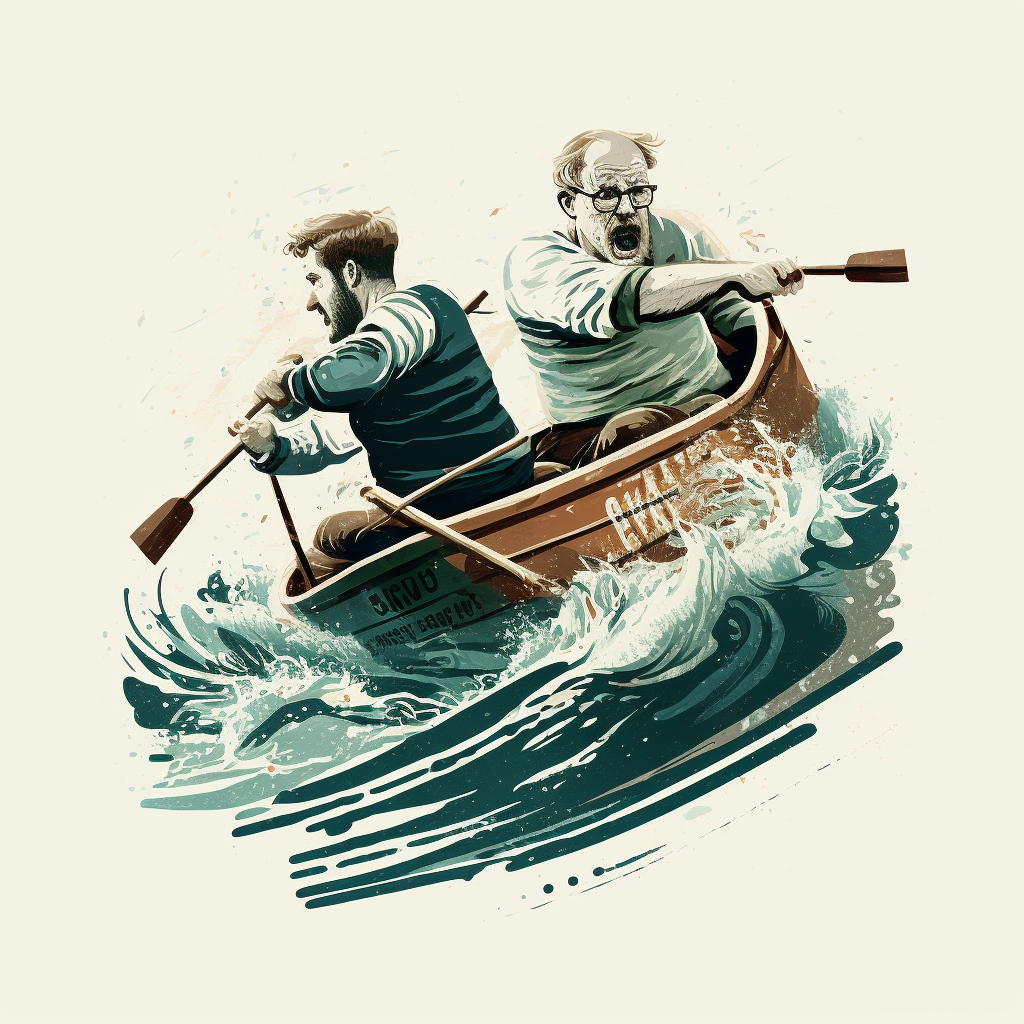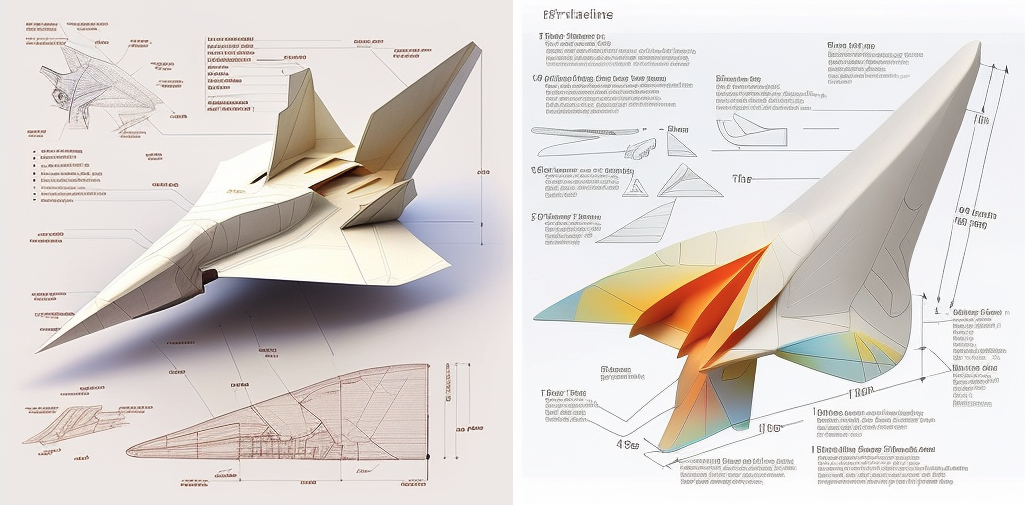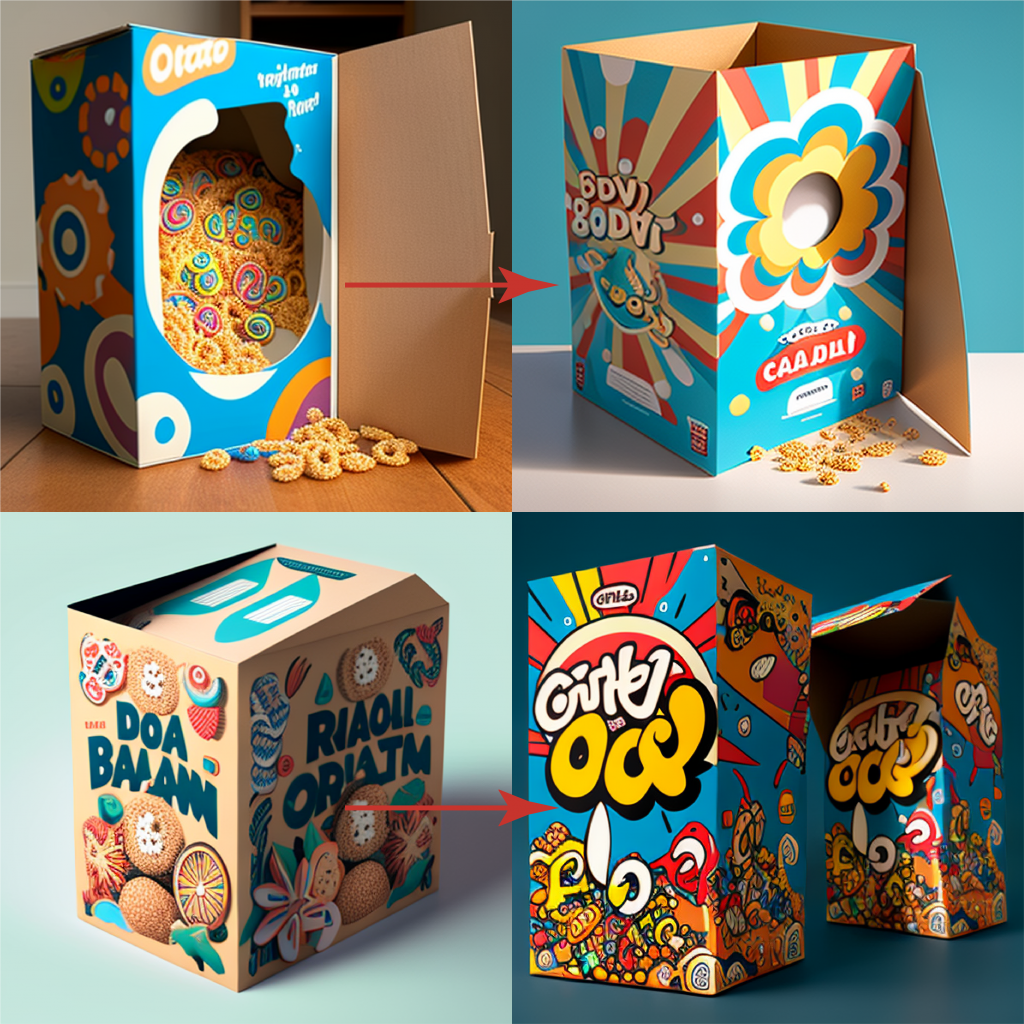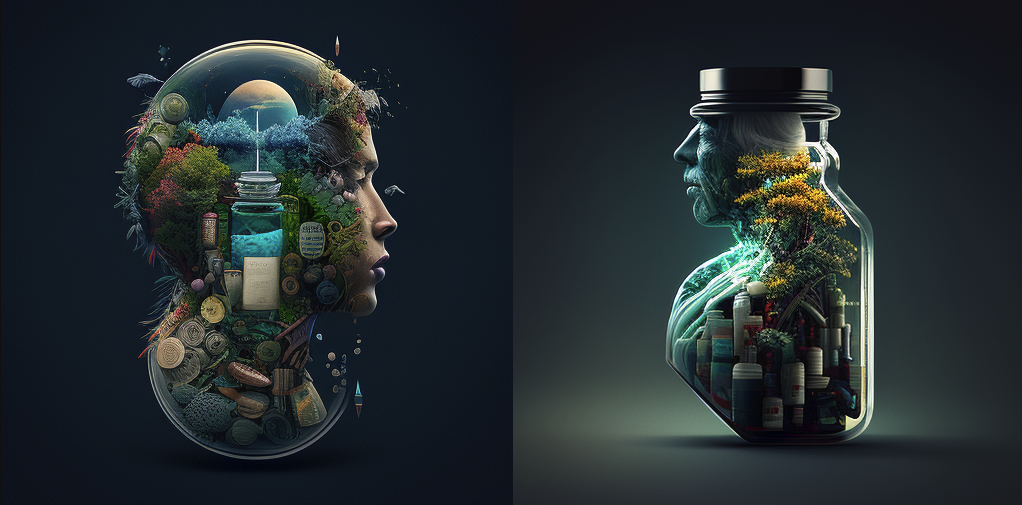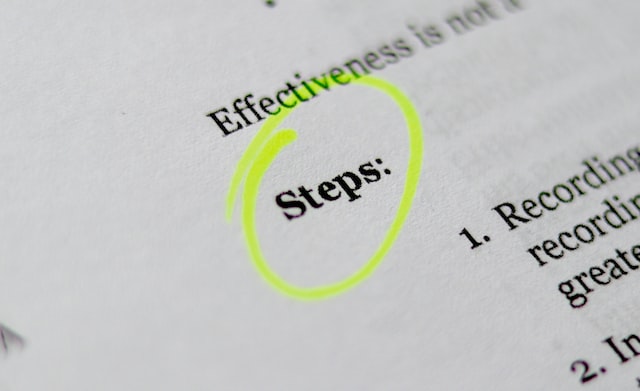
Once upon a time, in a packaging company not so far away, there was a team of designers tasked with the creation and management of product packaging for their Ancestors . The designers were excited to start working on the project and put their creative and technical skills to the test. They had been trained by the master Designers and could summon the Gods of Regulatory.
The Gods of Regulatory were responsible for ensuring that the package met all necessary regulations and guidelines, Lord praise the FDA, the EMA and the local regulatory bodies. They were accountable for the content that was placed on the packaging design. And they were good at it. They had to appease the recall demons, for one mistake could cost them dearly.
After many times together in the battle field however, the Designes and the Gods of Regulatory realized that while they were accountable for the packaging, and would suffer the consequences of an attack on their impeccable recall record, they lacked the authority to make any meaningful changes on their battle process. There were simply too many stakeholders, too many hidden decision makers and way too many KPIs to fulfil.
One day, the designers submitted a proposal for an improved workflow model that they were particularly proud of. They had worked hand in hand with the regulatory team tirelessly on it for weeks and were excited to finally present it to the higher court, the Decision Makers. However, they were swiftly denied their wishes. The Decision Makers had rejected the proposal outright, without providing any concrete reasons for their decision. They simply said: It shall not be done.
The designers were frustrated, the regulatory experts were angry. They all felt like they were being held accountable for something they had no control over. If something went wrong, their heads would roll, but without the means to change course, they felt abandoned and desperate. They began to lose their faith, their motivation and engagement in the project. To make matters worse, they soon discovered that the same thing was happening to other teams in the company.
The problem wasn’t just with their process; the company’s organizational structure and old fashioned culture made it difficult for anyone to have the necessary authority to make meaningful changes. Everything had to be escalated to the high court, where decisions were made without hands-on knowledge of the actual work that had to be done.
As a result, the frustrated designers and regulatory experts decided to take matters into their own hands. They started taking actions outside of their workflow to expedite the pressing deadlines and reach their tight objectives. They were operating under the blanket of cover and darkness, very much aware of the lack of compliance and added risks. But they had no choice, it was the only way to complete the assigned tasks.
The moral of the story is that accountability without authority can be a frustrating and demotivating experience. Furthermore, when the processes in place do not match the actual job requirements, the non-authoritative stakeholders are usually forced to take action, stepping outside of the agreed models to accomplish their tasks. When key stakeholders lack the necessary authority to make changes, it can lead to a lack of engagement and creativity, and in most cases non-compliance with SOPs. In the case of packaging companies, designers and regulatory experts must work together to ensure that the design process is collaborative and efficient, but they need to have authority to make changes to the process when it no longer works.
Do you feel accountable but lack authority?

